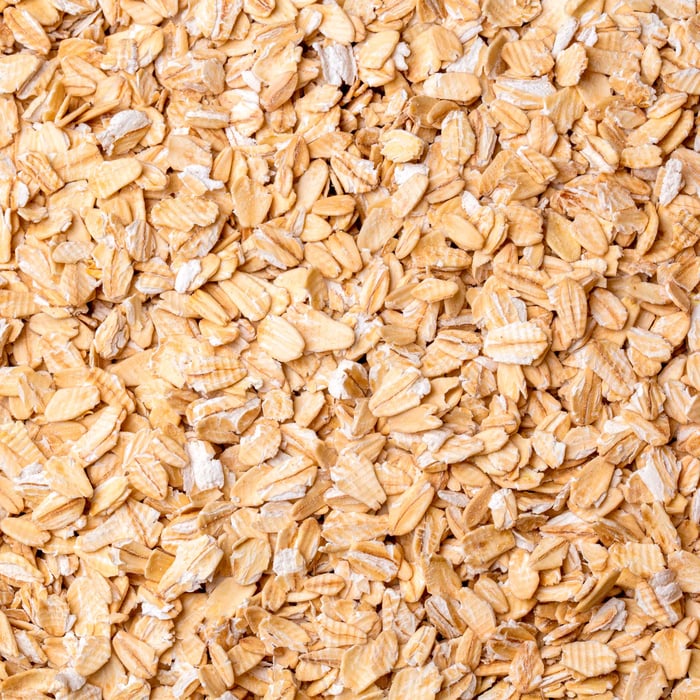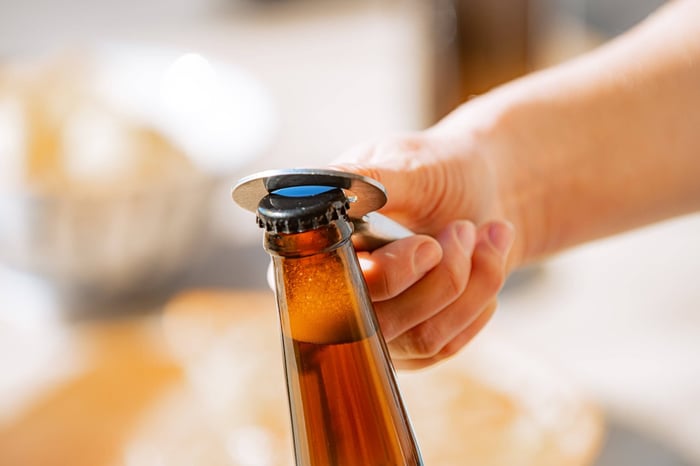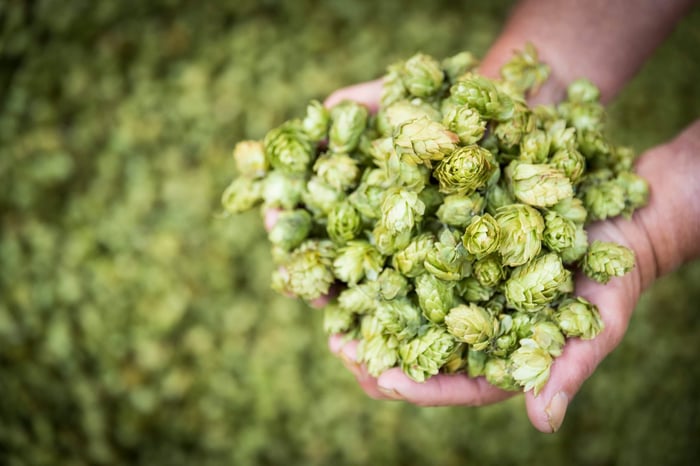What separates a good beer from a great one? Often, it's that satisfying, creamy mouthfeel that makes you slow down and really appreciate what you're drinking. And one of the best ways to achieve this texture is with an ingredient you probably have in your pantry right now – oats.
Before we dive in, let's address the elephant in the room. Oats are classified as an adjunct, which means any non-malt source of fermentable sugars. Some brewers turn their noses up at adjuncts, associating them with the cost-cutting corn and rice used in mass-market lagers. But dismissing all adjuncts based on these examples is like avoiding all Australian wine because you once had a rough cask wine experience.
Quality adjuncts – including Belgian candi sugars, rye, native Australian ingredients, and today's hero ingredient, oats – can genuinely elevate your brewing when used with knowledge and purpose.
Understanding Oats: The Science Behind the Silkiness
What makes oats special is their high concentration of beta-glucans and starches. These compounds create that distinctive smooth, almost oily mouthfeel that persists through fermentation. It's like adding a touch of luxury to every sip.
Traditionally, using oats at around 10% of your total grain bill begins to influence the beer's character, particularly in darker styles where they contribute smoothness and subtle sweetness. But here's where it gets interesting – some brewing researchers suggest you might need up to 18% oats before that signature silky texture really becomes prominent.
The catch? High oat percentages can increase mash viscosity significantly, potentially making lautering about as fun as a Darwin summer without air conditioning. The solution is a beta-glucan rest at 40-50°C for 30 minutes, which enzymatically breaks down the troublesome gums while keeping all the beneficial texture properties.
This technique is particularly valuable for Australian brewers dealing with variable water conditions across our diverse climate zones – from tropical Queensland to temperate Tasmania.
Choosing Your Oats: A Breakdown by Type
Start Simple: Flaked Oats Head to Woolies or Coles and grab some instant oats – they're perfect for brewing. These have been pre-gelatinised, meaning they'll integrate smoothly into any mash without additional processing. They're economical, widely available, and deliver excellent results.
Step Up: Oat Malt This functions like any traditional malted grain and brings its own enzymatic activity to the mash. It's processed specifically for brewing and offers a different flavour profile compared to flaked oats. Still worth including that beta-glucan rest for optimal performance.
Traditional Approach: Whole Oats These require a cereal mash process. Combine whole oats with 30% base malt (essential for enzymatic conversion), maintain adequate hydration – add water if the mixture thickens too much – heat to 70°C and hold for 5-10 minutes. Then incorporate this preparation into your main mash.
Australian Brewing Applications
Here in Australia, we're not constrained by old-world brewing traditions, which gives us freedom to experiment. Oats work magnificently beyond traditional stouts and porters – they're brilliant in pale ales and IPAs where they provide a creamy foundation that showcases our excellent local hop varieties.
Consider how oats might complement beers featuring Australian hops like Galaxy, Vic Secret, or Ella. That silky texture creates an ideal platform for those distinctive Australian hop characteristics to shine through.
Case Study: Australian Oat Pale Ale
This recipe demonstrates modern Australian brewing with oats:
Specifications:
- Original Gravity: 1.053
- Final Gravity: 1.015
- EBC: 8.8
- IBU: 49
- ABV: 4.8%
Grain Bill:
- 4.0kg Maris Otter (77%)
- 900g Flaked Oats (17%)
- 300g Wheat Malt (6%)
Hop Schedule:
- 18g Magnum @ 60 minutes
- 50g Simcoe @ flameout
- 50g Citra @ flameout
- 50g Ekuanot @ flameout
- 70g Citra (dry hop)
- 70g Ekuanot (dry hop)
Process: Single infusion mash at 65°C for 60 minutes
This beer perfectly demonstrates oats' contribution – the creamy mouthfeel allows tropical hop flavours to express themselves without harshness, creating a beer that's both substantial and refreshing. Ideal for our climate where you want serious flavour with genuine drinkability.
Brewing Tips for Australian Conditions
Working with oats across Australia's diverse climate zones requires some consideration. In hotter regions, that creamy texture becomes even more valuable for creating satisfying beers that remain refreshing. In cooler areas, oats help create the body that makes beers genuinely warming and comforting.
The key is understanding that oats aren't just a texture modifier – they're a tool for creating beers that genuinely enhance the drinking experience. Whether you're crafting a robust stout for Melbourne's cooler months or a tropical pale ale perfect for Queensland summers, oats can help you achieve exactly the character you're after.
Australian craft brewing has always been about innovation and quality. When you combine these principles with the unique properties of oats, you're set up to create beers that truly stand out in our vibrant craft beer scene.
Ready to start experimenting? The techniques covered here work brilliantly with Australian ingredients and conditions, so you've got everything you need for success.
Visit our AU store for all your oat brewing essentials
Grainfather Team










